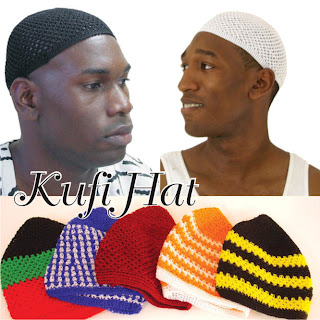Can anyone grow dreadlocks or just Black people? Black people's kinky hair leads many to believe they are the only race that grows dreadlocks. Therefore, it's a part of Black culture. But everywhere in the world, you can find people with all types of dreadlocks.
Dreadlocks are the natural result of three to six months uncombed hair. Strains of hair intertwine together and create "ropes" or "locs". All types of hair eventually clunk or matte together if left free of combs and hair relaxers for a long time. The texture of the hair determines how long it takes.
Thick coarse hair develops or grows dreadlocks fast, easy, and may not need chemicals or twisting. Thin straight hair will take longer. Also, it requires chemicals and twisting. Most Blacks' hair is coarse while other races have straight hair. In the end, however, both types of hair will start growing dreadlocks. Dreadlocks are a gift from nature. No race is responsible or can claim dreadlocks as their own.
It really doesn't matter where dreadlocks come from. It's something natural that can happen to all hair. The question, however, is who's going to accept dreadlocks into their culture. So far, the answer has been a resounding yes from the Black communities across the nation and world.
For many Blacks, dreadlocks are a symbol of pride and cultural identity. Some are going natural because most hairstyles need the use of hair relaxing chemicals which may cause harm to hair and scalp. Dreadlocks are much simple to maintain: Rasta Style.
Bob Marley sings of the "Buffalo Soldier" as dreadlock Rasta. These black soldiers where sent to protect American settlers from Indians after the Civil War." The Indians called the soldiers "Buffalo Soldiers" because their dreadlocks resembled curly hair of the buffalo.
The Buffalo Soldiers are examples of how dreadlocks have been much a part of Black history and culture right here in America. In fact, historians have described how shackled slaves grew dreadlocks during the three to six month ride from Africa to America. The slave trader or master cut them off because they considered them "dreadful" to look at and forbade the slaves to grow them back.
Whether for spiritual reasons, personal motivation, or a fashion statement, Black people have been growing dreadlocks longer than most cultures. Today, the popularity of dreadlocks is on the rise not only for Blacks, but for many in other races.
As stated before, anyone can grow dreadlocks with patience and the right technique. It doesn't matter the color of skin or which part of the world you live in. Again, the hair's texture is what matters most. To find out what you need to grow dreadlocks, visit a hairstylist specializing in dreadlocks (locticians).
Here's a rule of thumb with much wiggle room. If you are of African descent with thick hair, growing dreadlocks should be natural, easy, and fast with few visits to a loctician. If you are not of African descent and have straight thin hair, it will take longer. You'll need more frequent visits to a loctician and the use of chemicals such as beeswax.
Dreadlocks are a big part of Black culture. However, they can be experience and enjoyed by every race in the world. As Bob Maley says "Grow your dreadlocks, don't be afraid of the wolf pack".
















